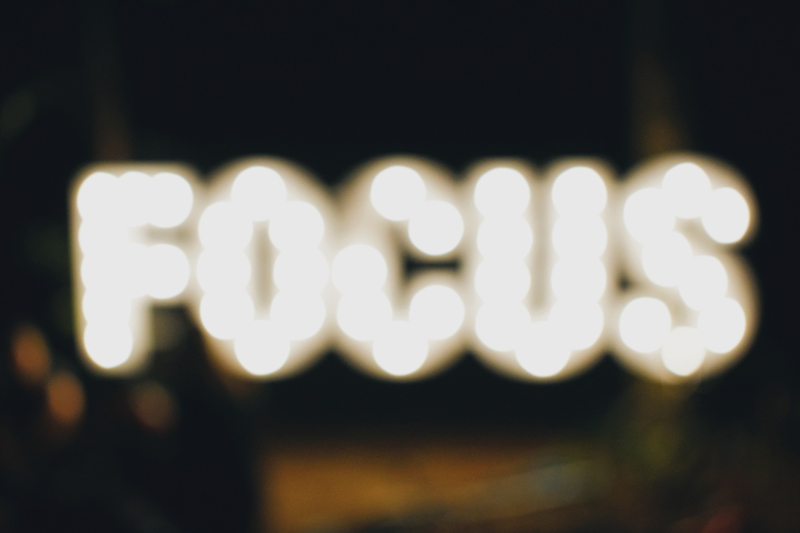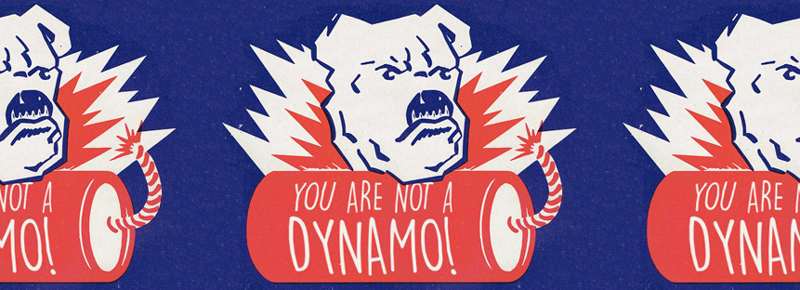Focus

In Daniel Goleman’s book Focus: The Hidden Driver of Excellence, he simplifies large amounts of scientific evidence that describe the human brain almost like a tandem processor: the lower, or “bottom-up,” brain operates automatically and independently. It contributes emotions, intuition, creative insights through associations, impulsive drives, unconscious routines, and the implicit mental models of how the world operates.
These bottom-up functions, found largely in the subcortex, scan the world for threats, and also manage the complex business of unconscious focus.
What do you usually “see” when you enter a meeting room? The people at the table? The writing on the whiteboard? The diagrams on the whiteboard? The clock that tells you if you’re on time? The boss? People who might upset you?
What is your goal? The first empty chair? The politically best place to sit? Friends? Foes?
If you stop to think about how you handle mundane situations like this, you’ll probably find patterns, and these are highly consistent with your 5 Dynamics results.
When it comes to viewing other people, and the “implicit mental models,” you begin to understand the origins of what we people call “personality”: the mental models (expectations) merged with selective perceptions of our colleagues—a fleeting smirk, a nervous blink, a doubt confirmed, a hitch in a spoken word—all get unconsciously noticed and processed, feeding the conclusion that the person is either friend or foe.
The opposing part of the brain, “top-down,” uses prior knowledge—not subtle perceptions—to regulate the bottom-up functions. Located in the parietal and pre-frontal cortexes, this is the seat of self-control, voluntary attention, impulse control, planning, reflection, and willful adaptation of mental models. Top-down is slower and requires more energy. We’re aware of it, and we turn it on and off.
What does all this mean to you? Success at work means using the right processing at the right time. Creativity and innovation are bottom-up. Top-down is orderly, critical, more conservative, and procedural.
People high in Examine use top-down more than people with less Examine Energy. Explore and Excite are more open to bottom-up. The competitive nature of high Execute is bottom-up; its step-by-step approach is top down.
Here’s a thought exercise: consider your work. When is each kind of thinking useful? Are you invoking enough of each? At the right time? Is your work life creative enough? Too chaotic? Are you too sensitive to slights, or do you fail to take care of yourself?
Successful users of 5 Dynamics are aware of how they think, but also open to random insights at the right times. What (and how) do you think?


